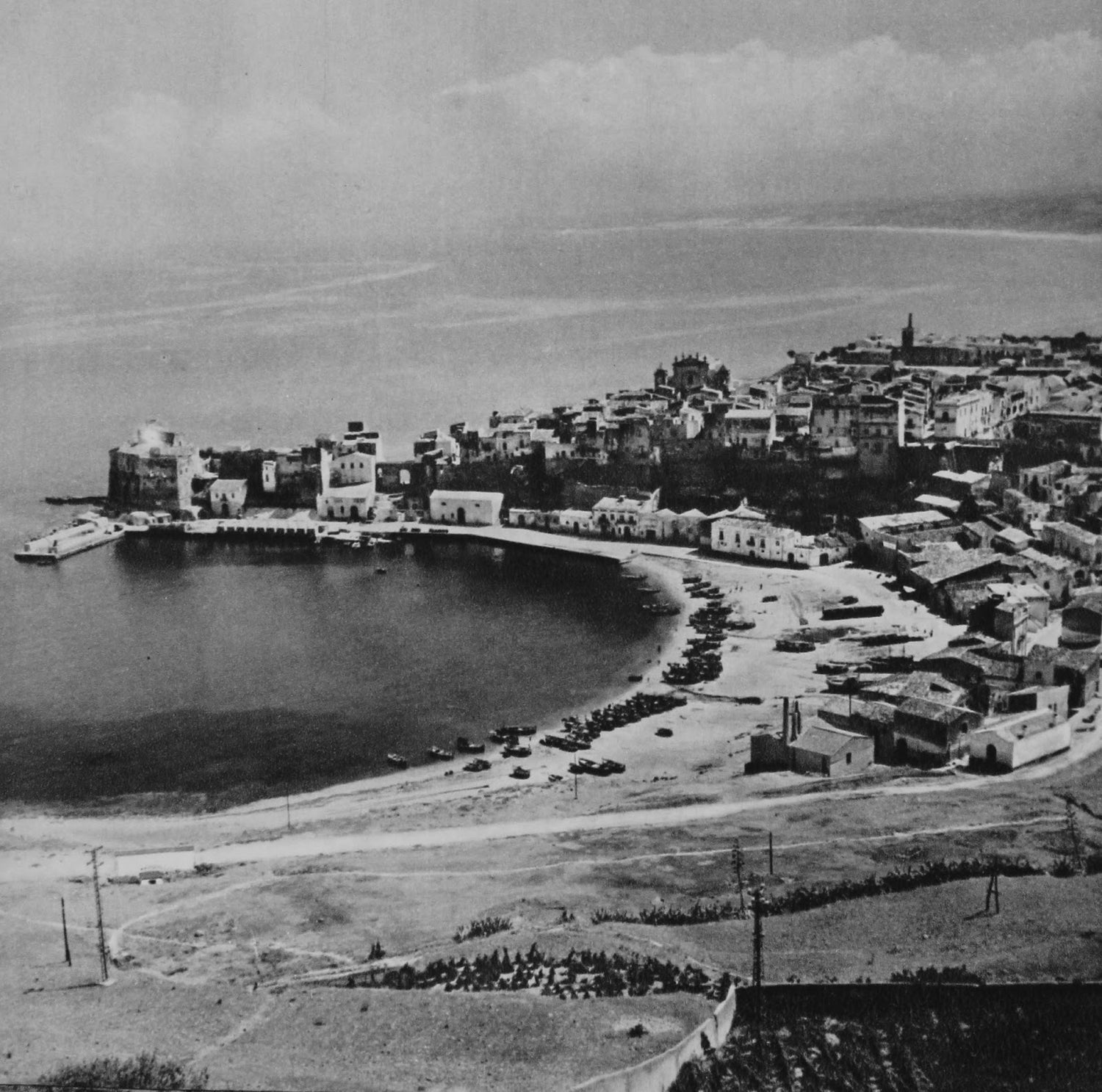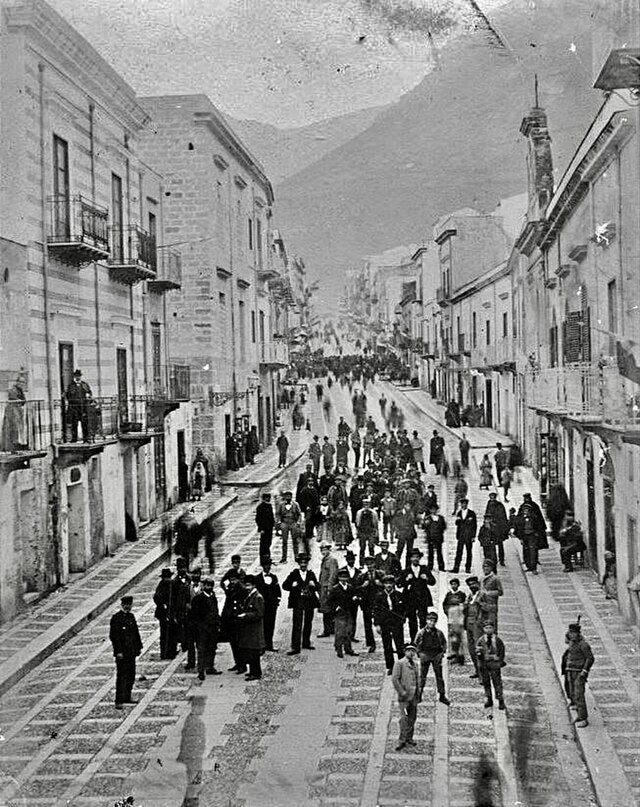History of Sicily
Sicily: A Journey Through Time
Sicily, the largest island in the Mediterranean Sea, is a land of captivating beauty, rich history, and vibrant culture. Its strategic location at the crossroads of ancient civilizations has left an indelible mark on its landscape, architecture, and people.
Early Inhabitants and the Rise of Greek Civilization
Sicily's earliest inhabitants were prehistoric tribes, but the island's recorded history begins with the arrival of the Phoenicians and Greeks in the 8th century BC. The Greeks established powerful city-states like Syracuse, Agrigento, and Selinunte, which flourished as centers of trade, philosophy, and art. These cities rivaled those of mainland Greece in power and influence, leaving behind magnificent temples, theaters, and other archaeological wonders that still stand today.

Roman Rule and the Byzantine Era
In the 3rd century BC, Sicily became the first Roman province, marking the beginning of a new era. The island served as a crucial grain supplier for the Roman Empire and witnessed the rise and fall of emperors, gladiators, and legendary figures. After the fall of the Roman Empire, Sicily came under the control of the Byzantine Empire, which left its own cultural and artistic legacy, evident in the beautiful mosaics found in churches and monuments throughout the island.
Arab Conquest and Norman Kingdom
In the 9th century AD, Arab conquerors brought their language, customs, and agricultural innovations to Sicily, introducing new crops like citrus fruits and sugarcane. The Arab influence is still visible in the island's architecture, cuisine, and place names. The Norman conquest in the 11th century ushered in a period of political stability and cultural fusion. The Normans, with their administrative skills and military prowess, unified the island and created a unique kingdom that blended Arab, Byzantine, and Norman elements.

Spanish Rule and the Bourbon Dynasty
Sicily subsequently came under the rule of various European powers, including the Spanish and the Bourbons. The Spanish period saw the construction of impressive Baroque palaces and churches, while the Bourbons brought about economic and social reforms. However, Sicily also experienced periods of unrest and rebellion, fueled by poverty and social inequalities.
Unification of Italy and Modern Sicily
In 1860, Sicily joined the newly unified Kingdom of Italy, marking a turning point in its history. The 20th century saw Sicily grappling with challenges such as poverty, emigration, and the rise of organized crime. However, the island also experienced economic growth and development, particularly in the tourism sector.
Sicily Today
Today, Sicily is a vibrant region that attracts millions of visitors each year. Its stunning landscapes, from the volcanic Mount Etna to the turquoise waters of the Aeolian Islands, offer breathtaking scenery. The island's rich history, art, and culture are preserved in its numerous archaeological sites, museums, and historical centers. Sicily's cuisine, a delicious blend of Mediterranean flavors and Arab influences, is another major draw for tourists.
Exploring Sicily's Past and Present
A journey through Sicily is a journey through time. From the ancient ruins of Greek temples to the opulent Baroque palaces, the island's history is etched into its very fabric. Whether you're exploring the bustling markets of Palermo, hiking the slopes of Mount Etna, or relaxing on the beaches of Taormina, Sicily offers a unique and unforgettable experience.
